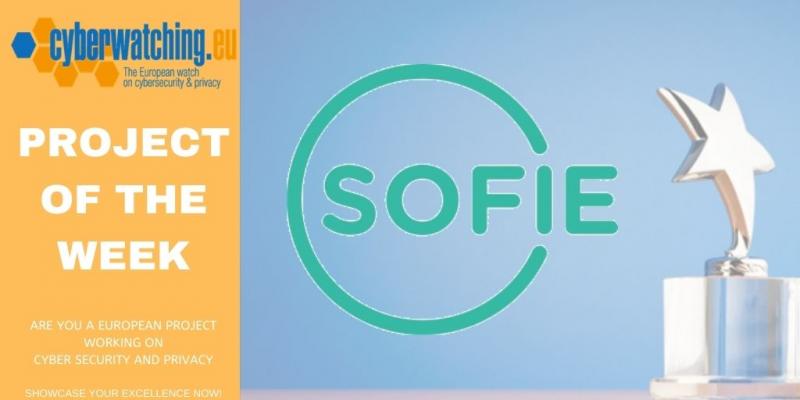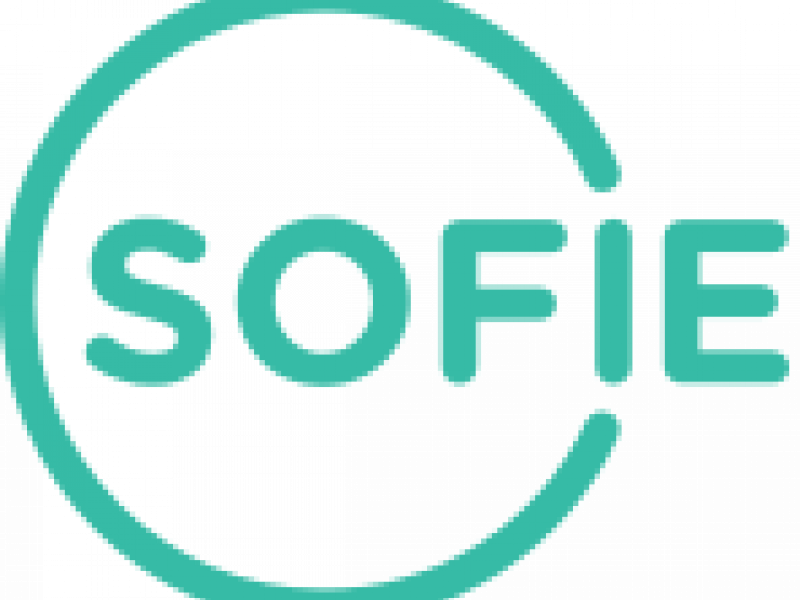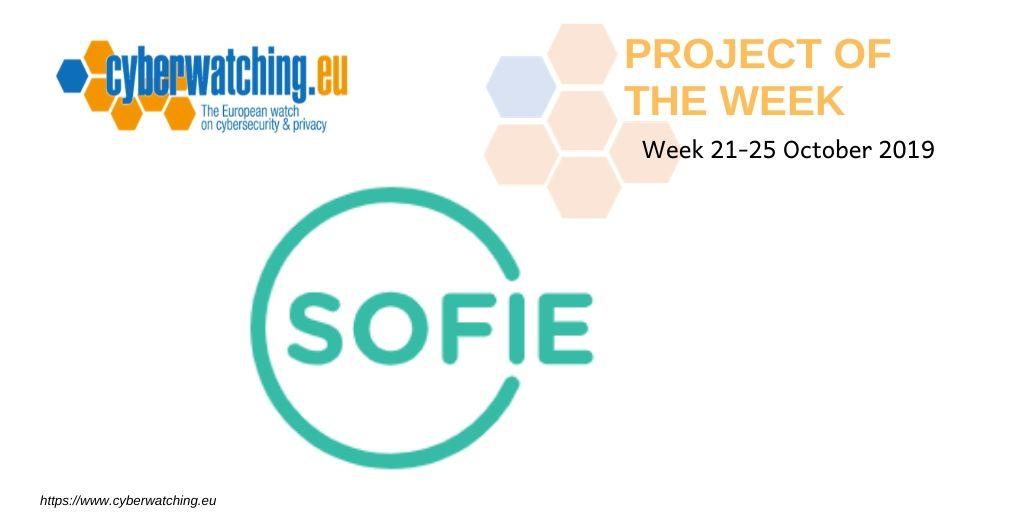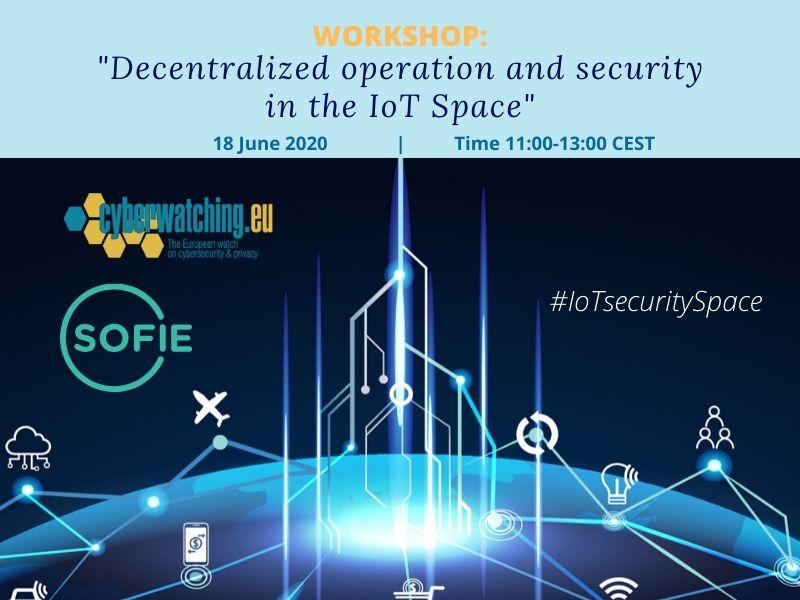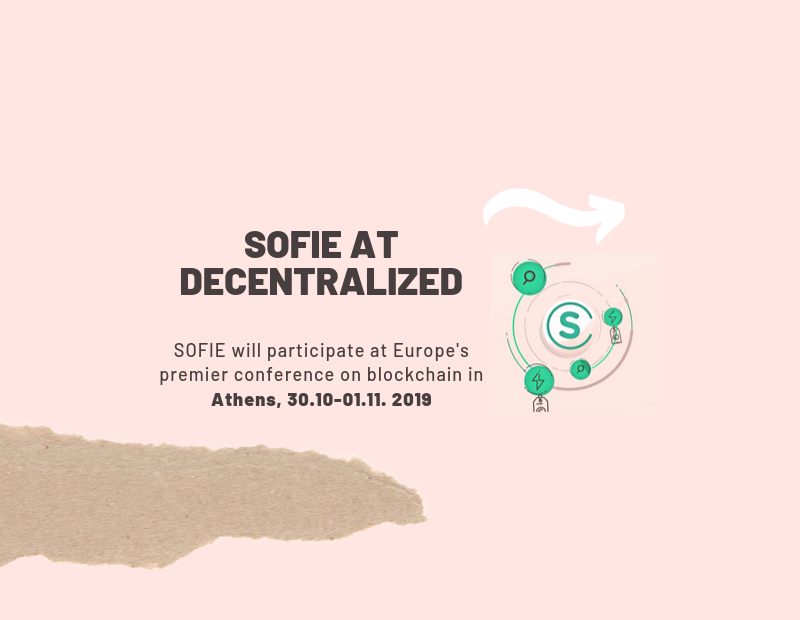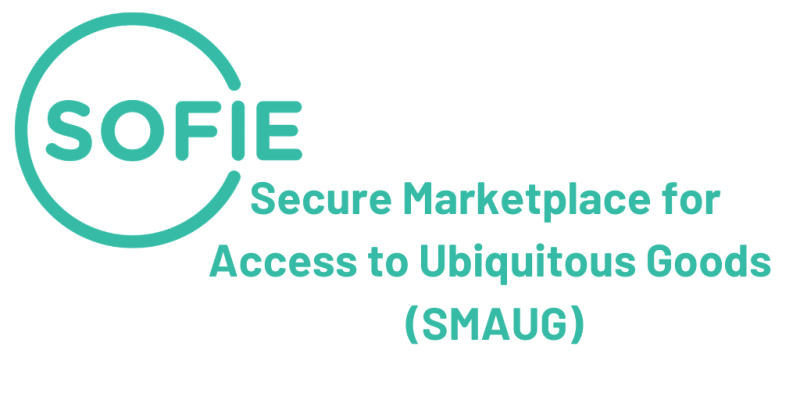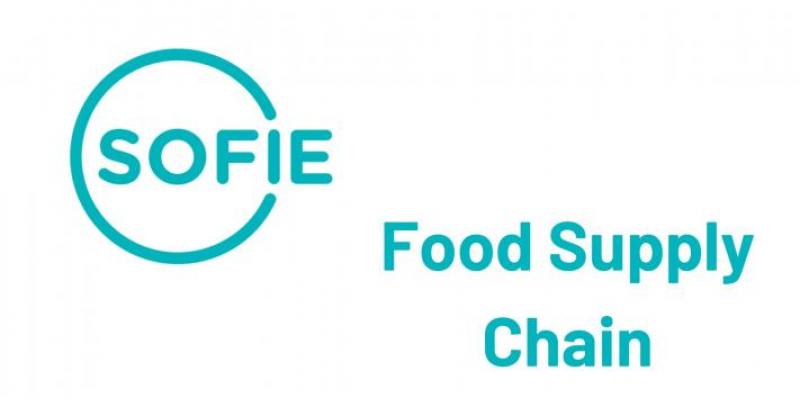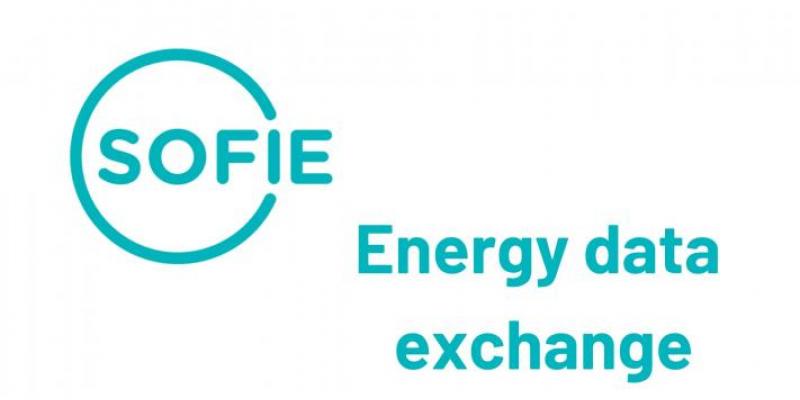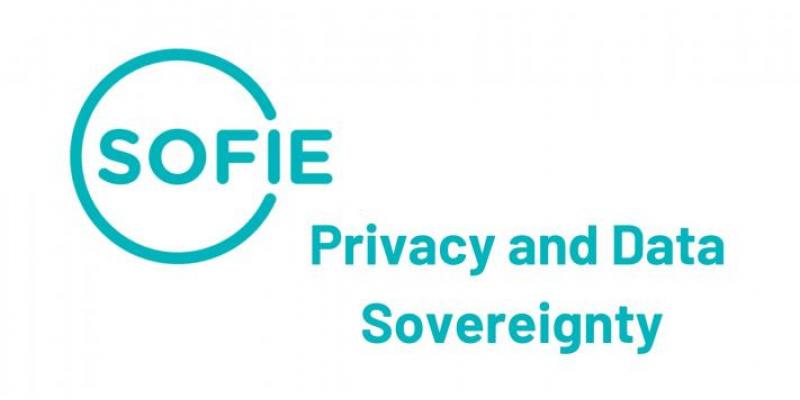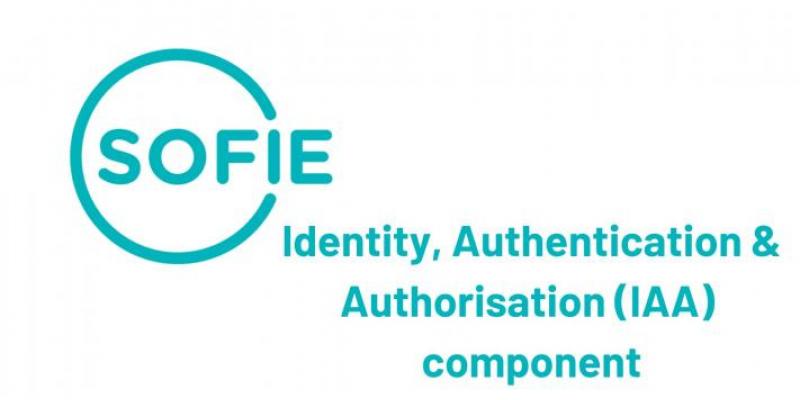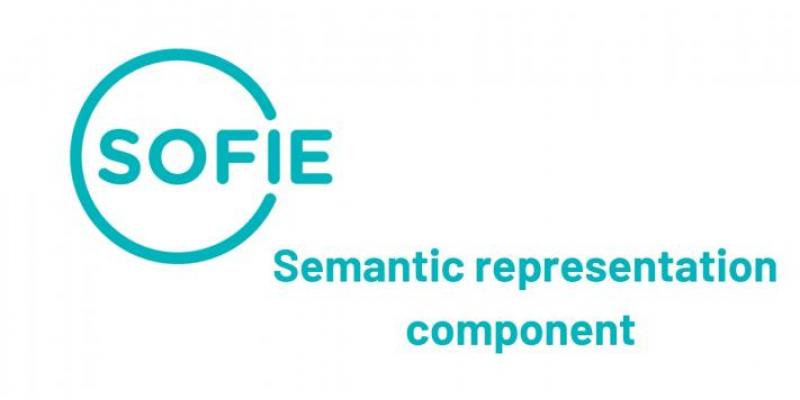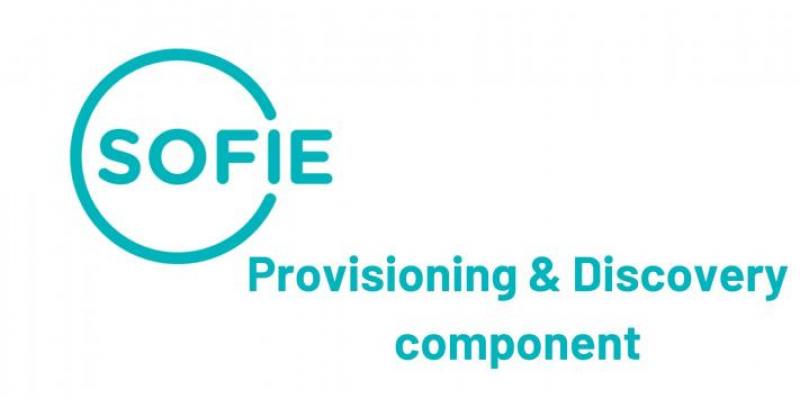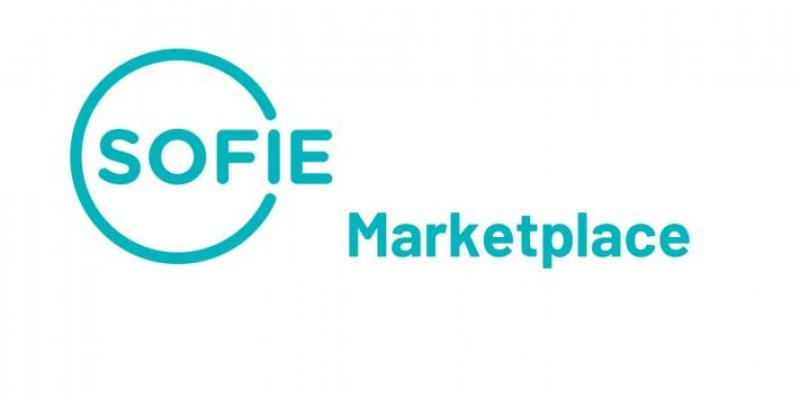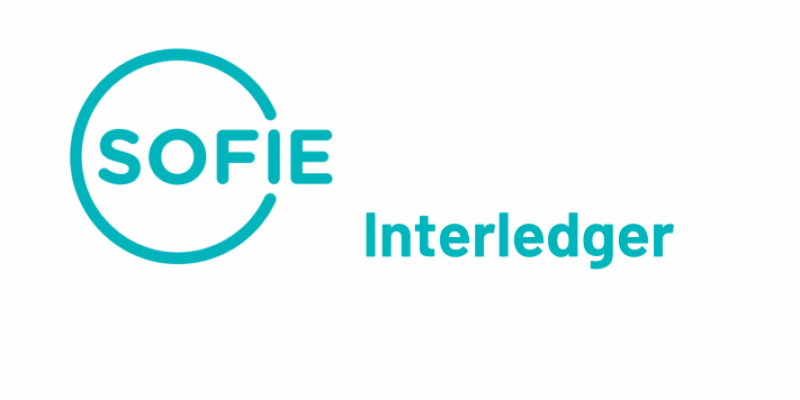
Error message
- Warning: Use of undefined constant REQUEST_URI - assumed 'REQUEST_URI' (this will throw an Error in a future version of PHP) in eval() (line 2 of /var/www/html/web/modules/php/php.module(80) : eval()'d code).
- Warning: Use of undefined constant REQUEST_URI - assumed 'REQUEST_URI' (this will throw an Error in a future version of PHP) in eval() (line 2 of /var/www/html/web/modules/php/php.module(80) : eval()'d code).
SOFIE
Secure Open Federation for Internet Everywhere
Sven Lillepalu
Liis Livin
01 January 2018
31 December 2020
EC funded project
Fragmentation and lack of security are among the biggest problems of IoT platforms. Most IoT platforms are vertically oriented closed systems, dedicated to specific application areas. The major challenge in the evolving IoT world is the fragmentation of vertically oriented, closed systems, architectures and application areas and moving on towards open systems and platforms.
There are today more than 360 different IoT platforms. While many of these platforms are built on standardised interfaces, interoperability between most of them is not possible. The main goal of SOFIE is to enable diversified applications from various sectors to utilize heterogeneous IoT platforms and autonomous devices across technological, organizational and administrative borders. This should be done in an open and secure manner, making reuse of existing infrastructure and data easy.
Secure open federation is the key concept of SOFIE approach, aiming to enable creation of business platforms, based on existing IoT platforms and distributed ledgers, without needing to negotiate with any gatekeeper (neither technology- nor business wise).
SOFIE project is based on four pillars:
● Federation: Instead of integration, we have chosen federation as SOFIE’s approach. This means that each siloed IoT platform remains internally intact.
● Openness: From the business point of view, anyone can join an open system, as there are no gatekeepers or organisational architectural barriers. At the technical level, virtually any IoT platform can be joined to the federation, provided that it has some open interfaces, often even without support of the technology vendor.
● Security: We exercise security by design. We build the necessary new security and privacy features to offer better protection against cyber-attacks through the unforgeable DLTs establishing transparency and accountability, and give users better control of their data.
● Data sovereignty: In SOFIE, data is shared in a controlled way, within the bounds of security and privacy policies defined by the owner of the data. While strongly coupled with security, this aspect has characteristics which go well beyond traditional information security.
Essential SOFIE publications
V.A. Siris, D. Dimopoulos, N. Fotiou, S. Voulgaris, G.C. Polyzos, “Decentralized Authorization in Constrained IoT Environments exploiting Interledger Mechanisms,” Computer Communications , 2020.
S. Voulgaris, N. Fotiou, V.A. Siris, G.C. Polyzos, M. Jaatinen, Y. Oikonomidis, “Blockchain Technology for Intelligent Environments,” Future Internet, vol. 11, no. 10, 2019.
V.A. Siris, P. Nikander, S. Voulgaris, N. Fotiou, D. Lagutin, G.C. Polyzos, “Interledger Approaches,” IEEE Access, vol. 7, pp. 89948-89966, 2019.
Y. Kortesniemi, D. Lagutin, T. Elo, N. Fotiou, “Improving the Privacy of Internet of Things with Decentralised Identifiers (DIDs),” Journal of Computer Networks and Communications, vol. 2019 (Article ID 8706760), 2019.
Category:
- Secure systems and technology
Vertical Category:
- Energy
- Engineering & manufacturing
- Transportation
Deliverables
Video
Products
Are you looking for new Cybersecurity or Privacy services?
Find the right solution for your security needs!
Description
SOFIE Energy Data Exchange Business Vertical
Description
SOFIE Privacy and Data Sovereignty Component
Description
The SOFIE Privacy and Data Sovereignty component provides mechanisms that allow actors to better control their data, as well as mechanisms that protect client privacy.
SOFIE Identity, Authentication and Authorisation (IAA) Component
Description
The goal of the SOFIE Identity, Authentication, and Authorisation (IAA) component is to provide mechanisms that can be used for identifying communicating endpoints, as well as for authenticating and authorising users wishing to access a protected resource.
Resources for EU Research
Resources for SMEs
News & Events
Reports
Cyberwatching.eu has received funding from the European Union’s Horizon 2020 research and innovation programme under grant agreement No 740129. The content of this website does not represent the opinion of the European Commission, and the European Commission is not responsible for any use that might be made of such content. Privacy Policy | Disclaimer / Terms and Conditions of Use

